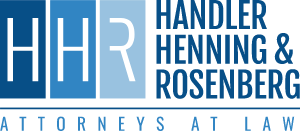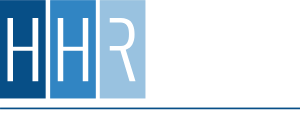Lane-change accidents happen when a driver merges or turns into a lane that already has a vehicle in it. Even with today’s blind-spot monitors and lights or sounds that may alert a driver to the presence of another vehicle in an adjoining lane, collisions of this kind continue to occur. They are most often associated with distracted or careless drivers.
A lane-change accident has the potential to cause serious harm to drivers and passengers, particularly on the side of the vehicle where the impact occurred. It is important to understand what causes these collisions, who can be held responsible, and how to recover fair compensation for resulting injuries. A successful car accident claim can help you recover compensation for medical bills, ongoing treatment or therapy, lost earnings, loss of future wages, pain and suffering, and possibly more.
Potential Causes of Lane-Change & Sideswipe Accidents
When you’re driving, you need to be aware of your surroundings. You must keep your eyes on the road and the vehicles around you, and that includes checking your mirrors and blind spots before merging into traffic, turning, or changing lanes. Even if you take proper care, however, you could be sideswiped by a driver who is inexperienced, reckless, or simply distracted.
A driver who is changing lanes may cause an accident by:
- Not activating their turn signal
- Failing to check blind spots and mirrors
- Crossing multiple lanes of traffic in one motion
Multiple drivers may share fault in a lane-change accident if:
- Both drivers tried to change lanes at the same time, striking one another
- Either driver was distracted, speeding, or intoxicated at the time of the accident
- The vehicle already present in the lane had broken headlights or brake lights
- A driver rear-ends a vehicle after it changes lanes, indicating they may have been speeding
However, only a complete investigation will reveal what caused a lane-change accident.
Lane Change Traffic Laws in Pennsylvania
In Pennsylvania, there are a few traffic laws related to changing lanes. According to Pennsylvania Statutes § 3309, drivers must remain in their lane and cannot move into another lane before making sure that they can safely move over. Changing lanes without signaling, without checking blind spots, into a vehicle, or directly in front of a vehicle may all give cause for a driver to be held responsible for a lane-change accident.
Lane-Change Accident Investigations & How We Can Help
In the majority of lane-change accidents, fault will lie with the driver who merged into another lane without signaling or checking to see that another vehicle was present. There are scenarios, however, where the other driver could share fault, such as broken headlights that led to decreased visibility or a driver who was speeding or swerved suddenly around a motorist just as they merged into another lane.
Every lane-change accident is different. Determining fault may be best accomplished through a reconstruction of the accident based on witness accounts and physical evidence, such as the location of impact on each vehicle, skid marks, and more. At Handler, Henning & Rosenberg LLC, we work with investigators and accident reconstruction professionals to accurately determine what caused our clients’ accidents and therefore who should be held accountable. We’ve served clients across Pennsylvania for the past 100 years, and we are ready to put our experience to work for you. Call (888) 498-3023 to learn more!


